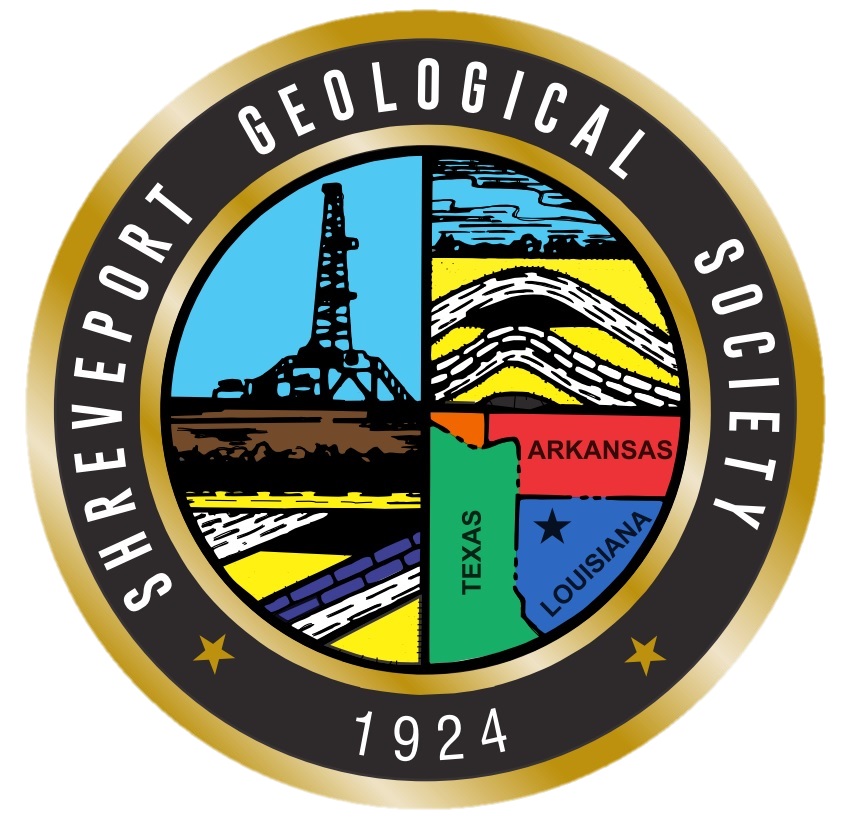The Petroleum Club of Shreveport, 15th floor
Cost: $20, Children 10 and under $8
We encourage members to invite guests, spouses, and friends to any of our meetings.
If you’d like a seat, kindly use the form below to make your reservation by the preceding Friday.
You may also RSVP by email or phone to Scott Comegys at scomegys@obrienenergyco.com or 318-841-2702.
Biography
Kevin Mickus
Kevin Mickus received his B.S. degree in geology in 1982 from the University of Washington, M.S. degree in geophysics in 1985 from the University of Texas at Dallas and a Ph.D in geophysics in 1989 from the University of Texas at El Paso. In 1989, he accepted an assistant professor position in geology at Southwest Missouri State University (now called Missouri State University) where he was promoted to a Distinguished Professor in 2014. His main research areas are gravity, magnetic and electromagnetic methods to investigate subsurface structures including tectonic regimes, ore deposits, geothermal projects, basin analysis and environmental projects. He has performed analyses throughout the United States including the Ouachita orogenic belt, the Mojave Desert, Columbia River Plateau, Triassic extensional basins in the eastern United States and the Northern Cascades region of Washington. ...
Abstract
The Gulf Coast Plain (GCP) of Texas and Louisiana is a Jurassic rifted margin covered by a thick sedimentary sequence. Over the northern Gulf of Mexico ocean-to-continent transition (OCT), a broad and thick sedimentary succession has built upward and seaward which creates uncertainty about the nature and location of the transition from craton to extended continental crust to oceanic crust in this region. Our lack of understanding about the deep structure of the GCP is particularly striking since the sedimentary package there is likely the most intensely geologically investigated regions in the USA. Key constraints in attempts to understand the deeper structures are deep seismic refraction and broad-band seismic investigations that indicate the upper crust beneath the GCP is thin (10-15 km). Thus, the crustal-scale structure has been interpreted to be attenuated continental crust caused by rifting in either the early Mesozoic or the early Paleozoic or both. In addition, the integration of a regional seismic refraction profile along the Texas-Louisiana border integrated with gravity and offshore refraction profiles indicates the presence of an upper mantle low velocity anomaly that is consistent with a depleted mantle or a rift pillow. ...
Paid members of the Shreveport Geological Society can read the speaker's full abstract and biography in the newsletter by logging into the Members Area.







































